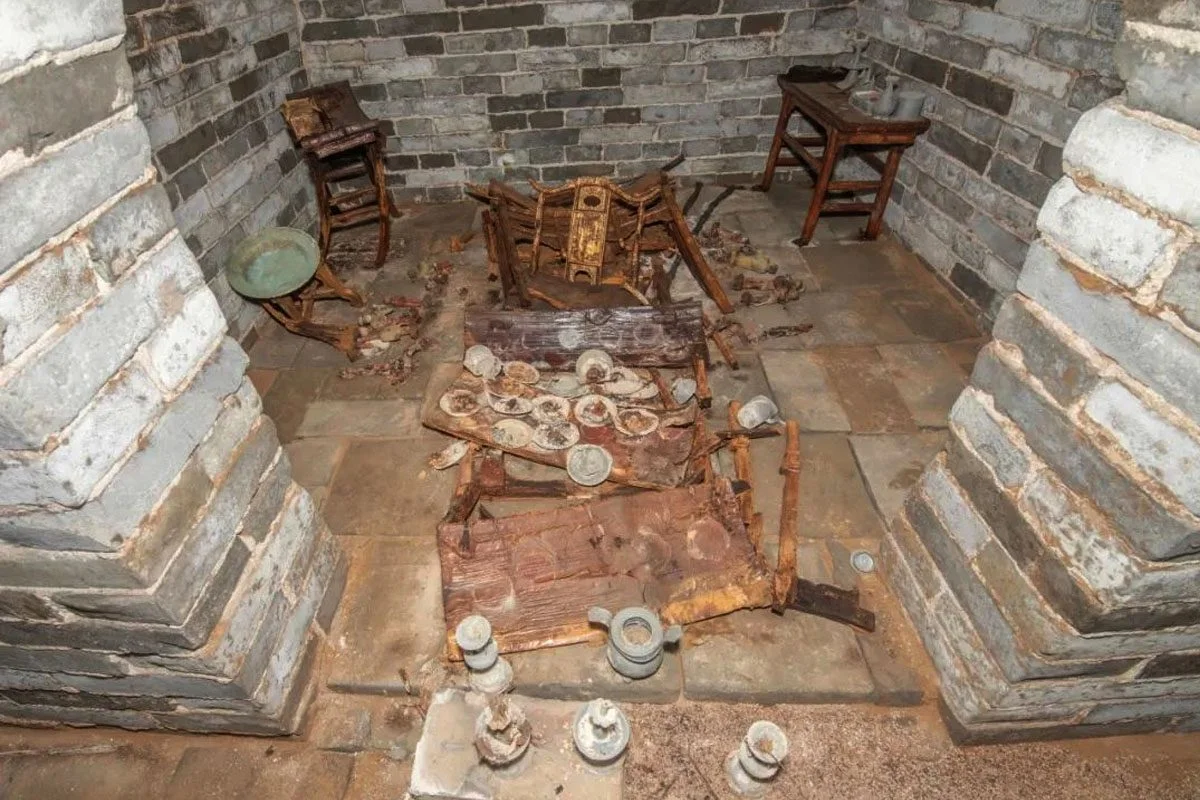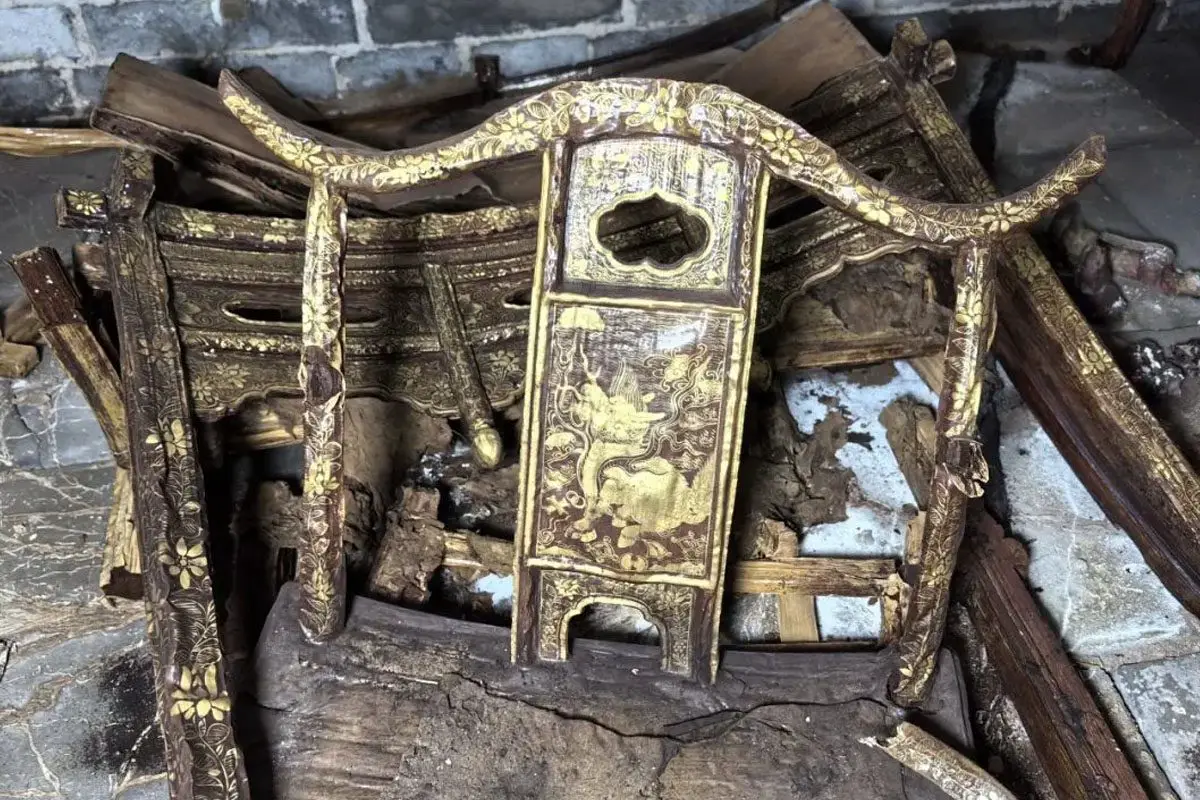Archaeologists from the Shanxi Provincial Institute of Archaeology and the Xinzhou Municipal Institute of Cultural Relics have uncovered an intact monumental tomb from the Ming Dynasty.
The Ming dynasty, also known as the Great Ming, was an imperial dynasty of China that ruled from 1368 to 1644 following the collapse of the Mongol-led Yuan dynasty.
The Ming dynasty fell to the short lived Shun dynasty, which was then defeated by the Manchu-led Eight Banner armies of the Qing dynasty.
The discovery was made during excavations of 66 tombs from the Han, Tang, Jin, Yuan, Ming and Qing dynasties, located near the village of Hexitou in China’s Xinfu District.
Speaking to HeritageDaily, archaeologists from the project explained that the tomb dates from the Ming Dynasty and contains a main burial chamber, an antechamber, several passageways and niches.

An epitaph with a seal script provides a possible name for the interred that reads “Epitaph of the Prince of Ming Ru Hou’an”.
An ornately carved portal surrounds the tomb’s doorway and imitates a wooden gate tower. The portal has a floral pattern topped by a roof ridge and two dragon depictions facing outward.

A 17 metre long corridor connects to the main burial chamber where archaeologists found two coffins, wooden furniture, and preserved funerary offerings.
One of the coffins is decorated with side panels depicting images of birds (peacocks), trees, and floral designs. The other coffin has a diamond-shaped pattern and an inscription in regular script that reads: “Ming Gu Rong Kao Hou Ru Wang Gong”.
Niches within the tomb contain porcelain jars and vases, while the antechamber contains wooden altars, tables and chairs, incense burners, wooden figurines, and various everyday items such as writing brushes, utensils, and dishes.
Header Image Credit : Shanxi Provincial Institute of Archaeology
Sources : Shanxi Provincial Institute of Archaeology





